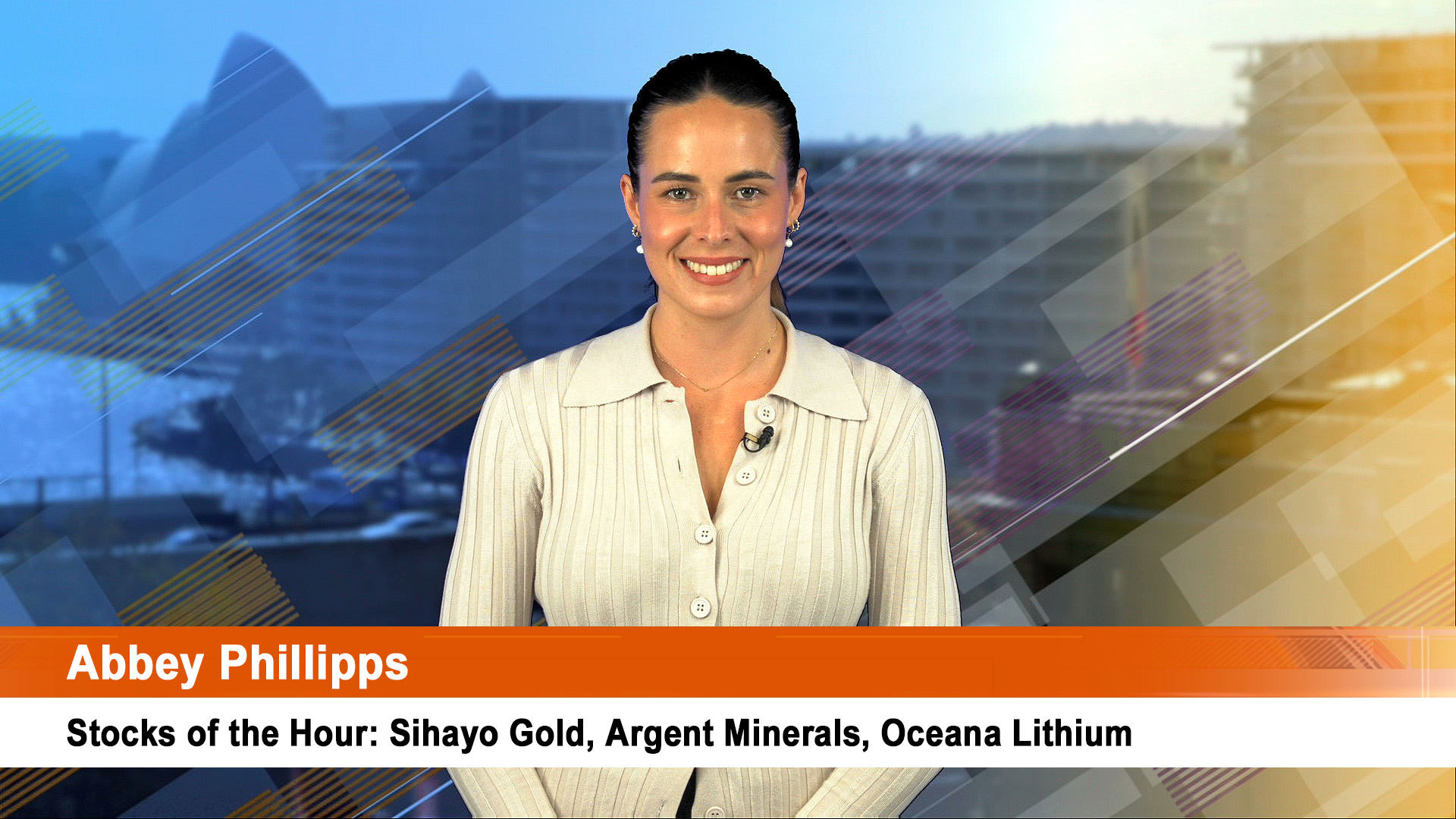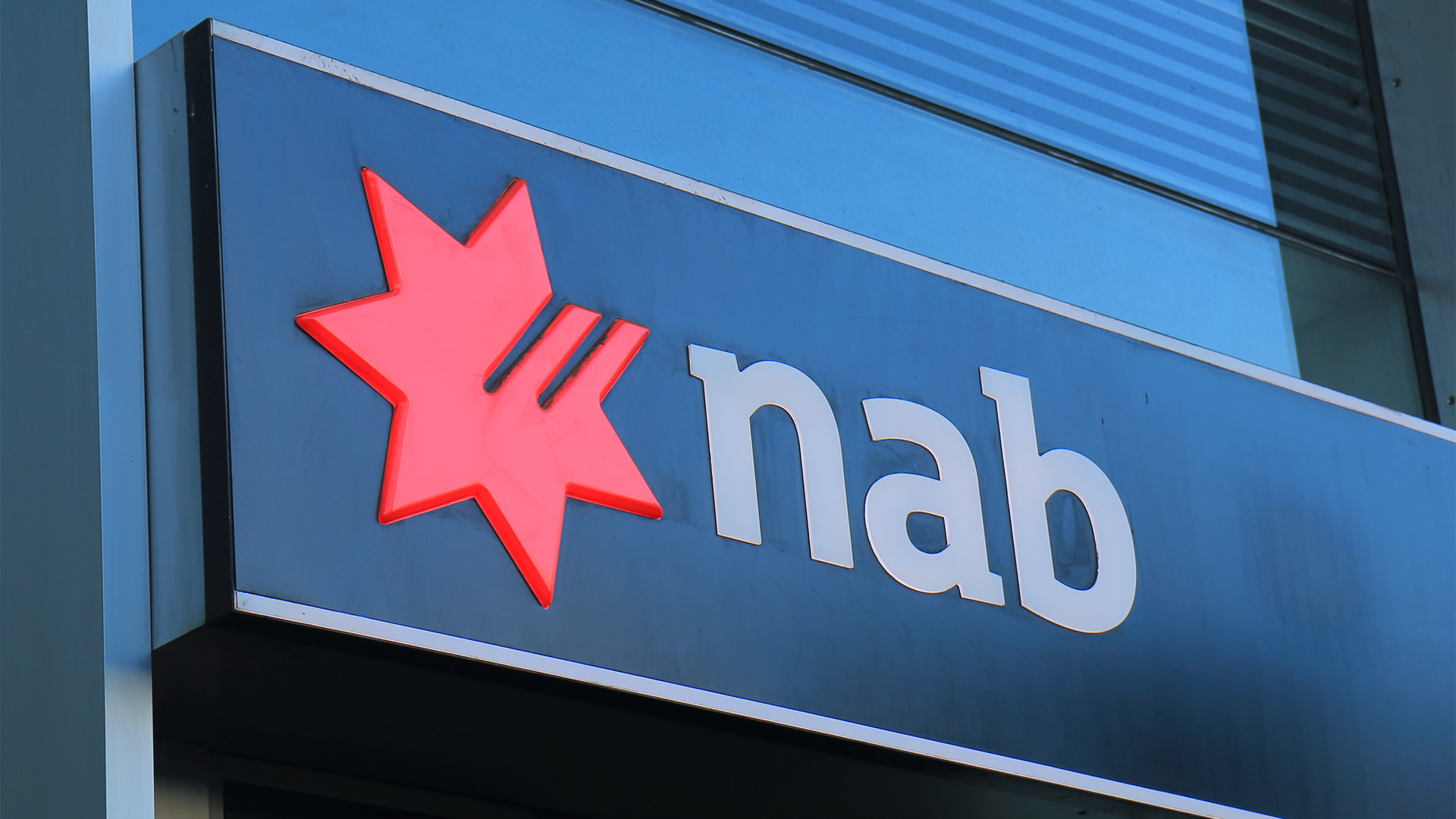No matter which way you look at it, 2010-11 was a record year for BHP Billiton, just as it was last year.
Underlying earnings before interest, tax, depreciation and amortisation (EBITDA), up 51% to US$37.1 billion, underlying earnings before interest and tax (EBIT) up 62% to US$32.0 billion and attributable profit (excluding exceptional items) up 74% to US$21.7 billion.
The company earned $US10.5 billion in attributable profits in the first half and around $US11.67 billion in the second half.
Including exceptional items, profit was $US23.6 billion ($A22.5 billion), which topped most analyst estimates, thus breaking the previous record, set by it in 2010.
Revenue increased 35.9% to $US71.73 billion (up 39% at the half way mark at $US34.166 billion).
Profit would have been substantially higher, as BHP said the devaluation of the US dollar and inflation in costs and charges reduced underlying EBIT by a US$3.2 billion.
And there were also the costs of the floods and heavy rain on the company’s huge Queensland coal businesses, with millions of tonnes of output and sales worth hundreds of millions of dollars.
But the floods and also push up prices which benefitted the company.
The shares traded lower and higher during the day ahead of the results’ release just after the end of trading. The shares closed steady on $38.21.

And the world’s biggest miner said that despite signs of a slowdown in some developed economies and the worries in the eurozone, it sees ”robust demand” for key commodities in the short and medium term.
BHP said in its profit statement that its strong margins and returns were illustrated by an increase in Underlying EBIT margin to 47% (47c in every dollar profit) and Underlying return on capital to 39% (a return of 39c of profit for every $1 invested in the business).
As reported last month, the company saw record production across four commodities and ten operations in 2010-11.
Cash flow hit a record US$30.1 billion and (debt) gearing of 9% "confirms (the) capacity to comfortably fund the Group’s US$15.1 billion acquisition of Petrohawk Energy Corporation and extensive organic growth program."
During the year the company completed an expanded US$10 billion buyback six months ahead of schedule, and invested US$12.4 billion across its tier 1 portfolio of minerals and energy assets.
And the final dividend was lifted to 55 USc (a rise of 22%) to $US1.01 a share.
The standout performers for BHP were:
Iron ore:
Underlying EBIT increased by 122 per cent to US$13.3 billion for the 2011 financial year driven by record production and a significant improvement in iron ore prices. For the period, average realised iron ore prices increased Underlying EBIT by US$8.5 billion following the important transition to shorter term, landed, market based pricing.
Base metals:
Underlying EBIT for the 2011 financial year increased by US$2.2 billion or 47 per cent, to US$6.8 billion. Higher average realised prices for all of our core products favourably impacted Underlying EBIT by US$3.3 billion (net of price linked costs).
Petroleum:
Underlying EBIT of US$6.3 billion represented an increase of US$1.8 billion or 38 per cent when compared with the prior period. Higher average realised prices were a major contributor to the increase in Underlying EBIT (US$1.5 billion, net of price linked costs) and reflected a 28 per cent increase in oil prices to US$93.29 per barrel, a 22 per cent increase in realised liquefied natural gas prices to US$11.03 per thousand standard cubic feet, and a 17 per cent increase in natural gas prices to US$4.00 per thousand standard cubic feet.
Coking Coal:
Underlying EBIT was US$2.7 billion, an increase of US$617 million or 30 per cent from the corresponding period. The increase was mainly attributable to the 48 per cent and 45 per cent improvement in average realised prices for hard coking coal and weak coking coal, respectively. In total, stronger prices increased Underlying EBIT by US$2.1 billion, net of price linked costs.
Thermal coal:
Underlying EBIT increased by 55 per cent to US$1.1 billion in the 2011 financial year. The 31 per cent rise in average realised prices, which increased Underlying EBIT by US$917 million for the period, reflected a higher proportion of export sales.
"BHP Billiton’s strategic focus on large, low cost and expandable assets once again delivered record financial performance and returns," directors said.
"An ongoing commitment to invest through all points of the economic cycle delivered record annual production across four commodities and ten operations.
"Our decision to invest in our Western Australia Iron Ore business during the depths of the global financial crisis facilitated an eleventh consecutive annual increase in iron ore production, as prices continued to test new highs.
"Three major projects delivered first production in the 2011 financial year including the New South Wales Energy Coal MAC20 Project (Australia), which was completed ahead of schedule.
"Robust demand, industry wide cost pressures and persistent supply side constraints continued to support the fundamentals for the majority of BHP Billiton’s core commodities.
"In that context, another strong y













